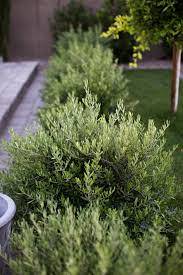Some hydrangeas are prone to rust and powdery mildew. Rust problems are more common with climbing hydrangea. The first line of defense is to make sure all growing conditions are met. A healthy plant will resist disease.
- Why are the leaves on my climbing hydrangea turning brown?
- How can I help my climbing hydrangea?
- Do you cut back climbing hydrangea?
- Will climbing hydrangea grow in full shade?
- Should I cut off Brown hydrangea leaves?
- How do I know if my hydrangea is dying?
Why are the leaves on my climbing hydrangea turning brown?
Brown Spots on Hydrangea Leaves
In a home landscape, brown spots on the leaves are usually caused by a fungus or bacteria. In most cases, the fungus or bacteria does not threaten the life of the plant, but the spots can be unattractive. These spots usually appear annually toward the end of the summer and fall.
How can I help my climbing hydrangea?
When attaching climbing hydrangeas to support, use a soft but strong material like cotton string, twine, or nylon. Never use wire to attach any plant to anything, as the wire can seriously damage stems and branches.
Do you cut back climbing hydrangea?
It does not require pruning, but if it outgrows it's allotted space, it can be checked by pruning. The best time to prune climbing Hydrangea is after flowering in late summer, when it can be trimmed to fit the space.
Will climbing hydrangea grow in full shade?
Climbing hydrangeas love rich soil and do well in full sun, partial shade, and even deep shade.
Should I cut off Brown hydrangea leaves?
Prune off the ugliest leaves, and adjust your irrigation to keep water off the leaves. When you see leaves with brown or yellowish spots, it could be anthracnose, a much worse issue because it can kill the shrub.
How do I know if my hydrangea is dying?
Re-pot your hydrangea in a pot of fresh, dry soil and make sure you do not overwater your plant if indoors. Yellow, floppy leaves mean you are overwatering your hydrangea, and wilted leaves are usually a sign of root rot.
 Planetagarden
Planetagarden



